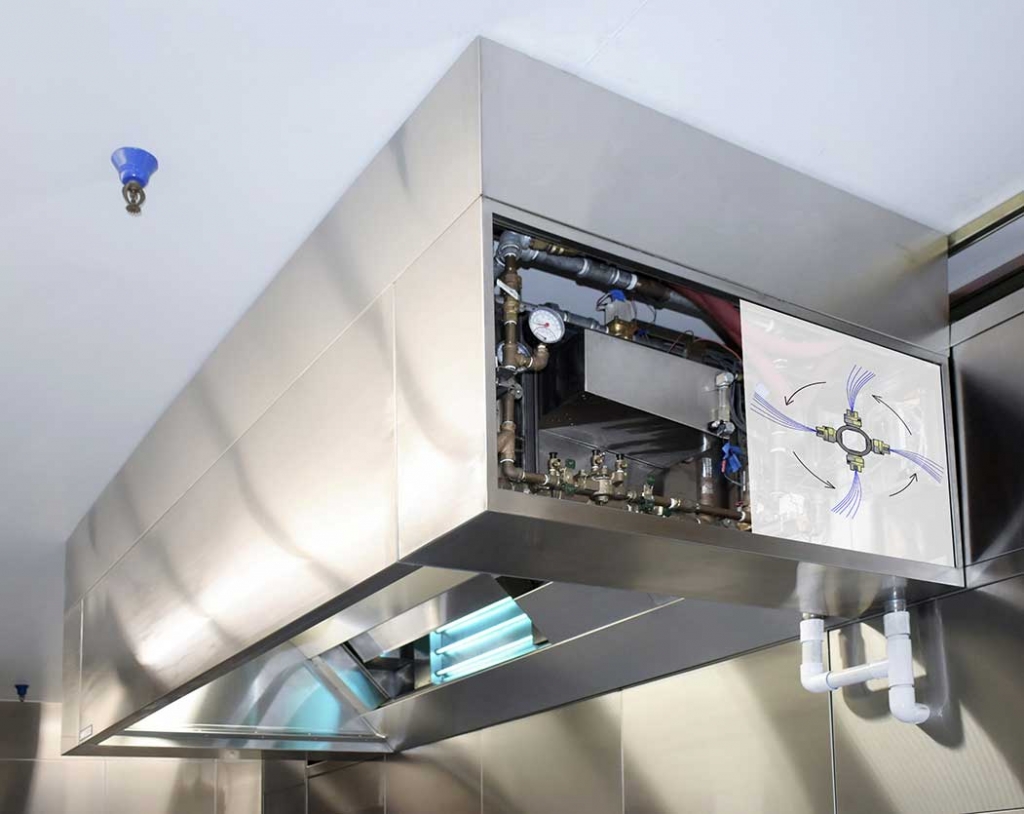Self-Cleaning Rotating Water Wash Hoods (RWW)
Eliminate Manual Hood & Extractor Cleaning
Self-Cleaning Rotating Water Wash Hoods reduce or eliminate the cost and inconvenience of cleaning the hood’s exhaust plenum and grease extractors.
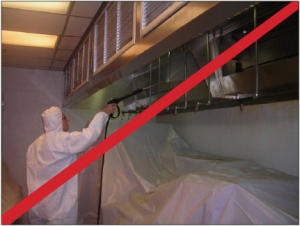
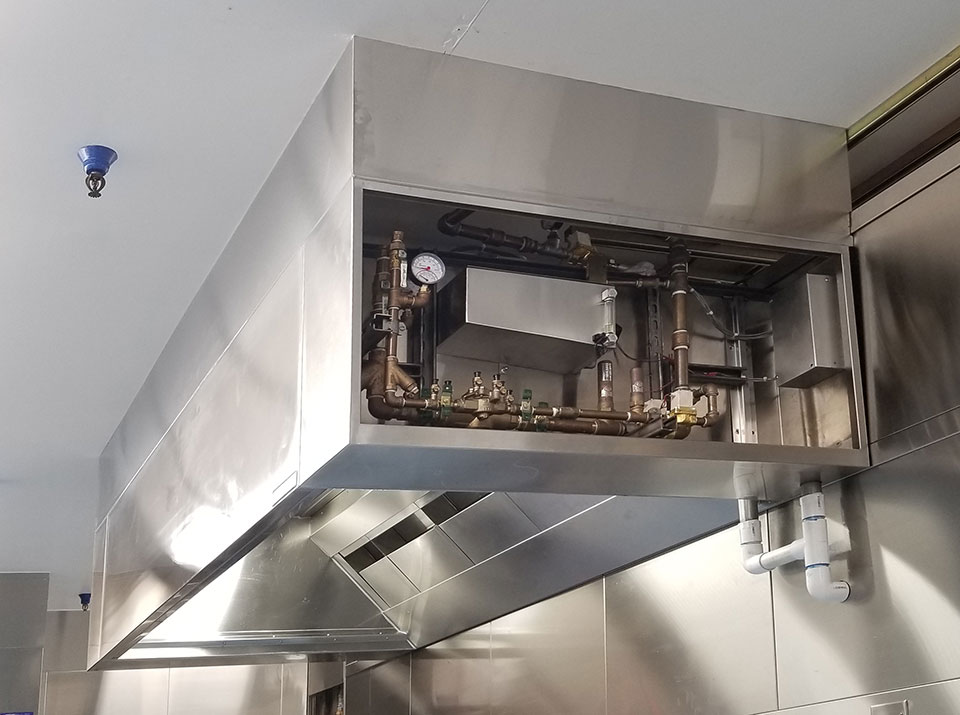
Reduce Duct Cleaning
Self-Cleaning Rotating Water Wash Hoods reduce duct cleaning and maintenance intervals, saving additional time and money.
Standard Features:
Optional Feature:

Automatic & Customizable Cleaning Cycles
Self-Cleaning Rotating Water Wash Hoods provide an Automatic Customizable cleaning solution for Type I Commercial Kitchen Hood Exhaust Plenums and Filters.
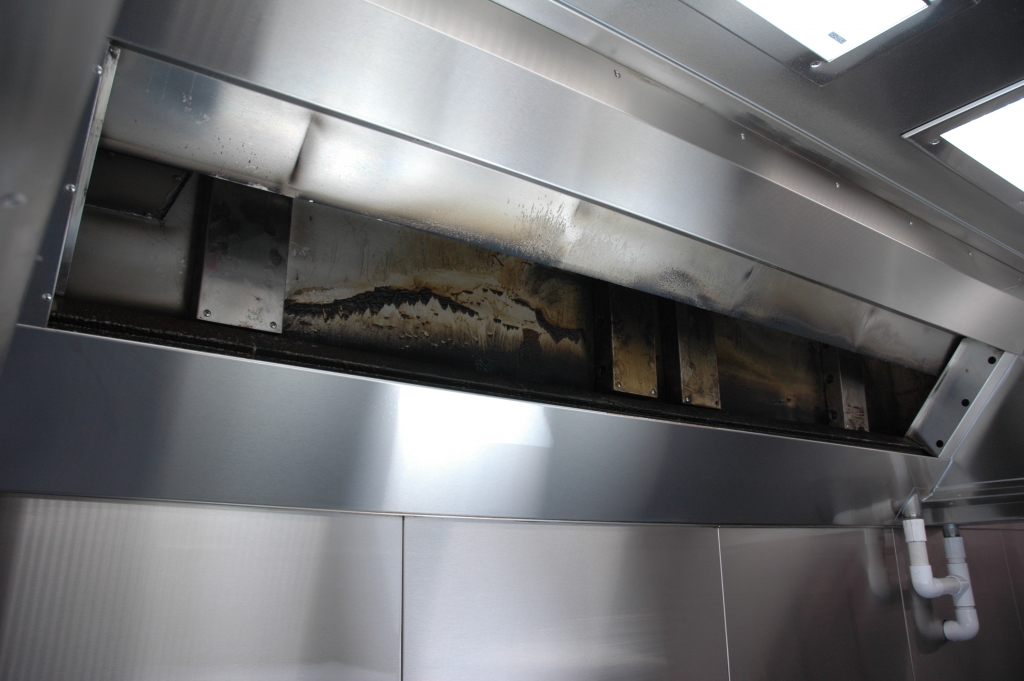
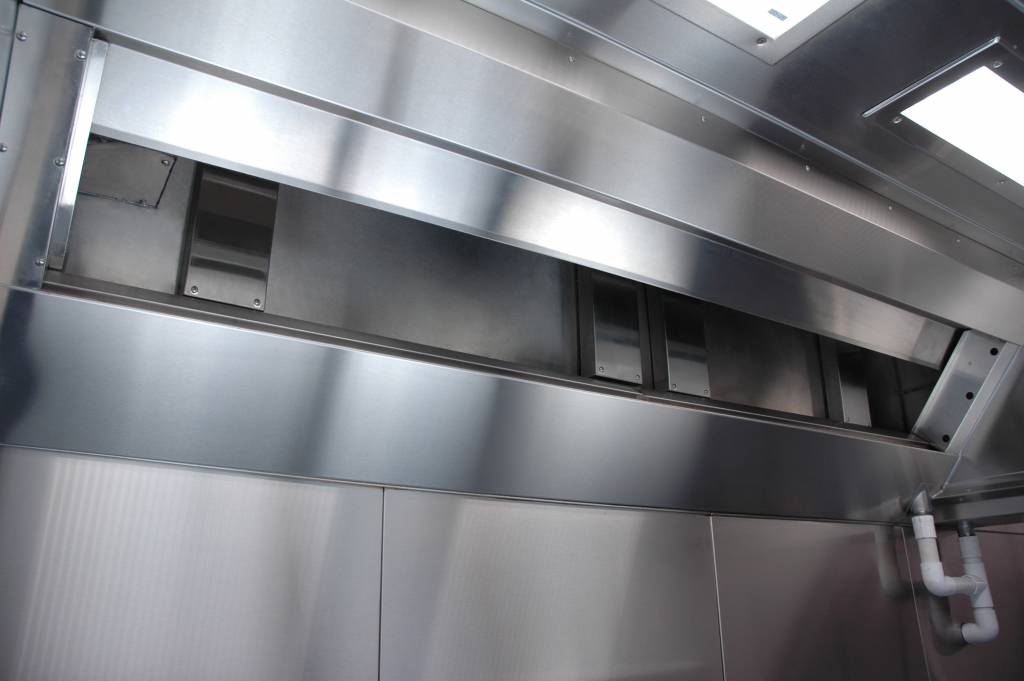
Before and After Images of Automatic Self-Cleaning Rotating Water Wash and Sterilization Cycles
Innovative Design Patent Pending
360° Rotating Nozzle Manifold
Pressurized hot water and detergent is delivered through nozzles that are installed on a 360° Rotating Manifold. The nozzles are strategically positioned and equally spaced along the length of the manifold.
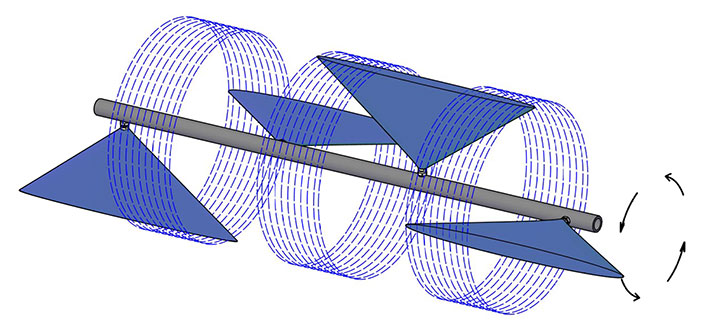
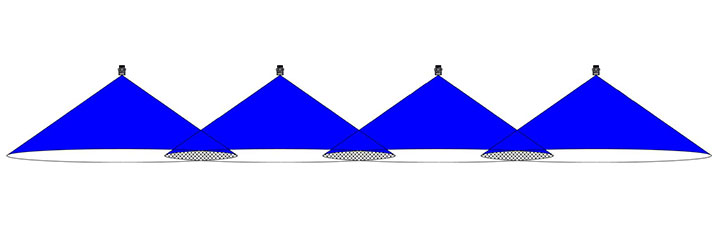
Overlapping Spray Pattern
The pressurized water nozzles are engineered to provide an overlapping spray pattern that ensures 100% coverage and cleaning of the hood’s exhaust plenum.
Reduced Water, Energy & Detergent Usage
The 360° rotating nozzles wash an area up to eight times greater than a fixed nozzle, thus significantly decreasing the number of nozzles, water, energy and detergent required to completely wash the hood exhaust plenum and grease extractors.
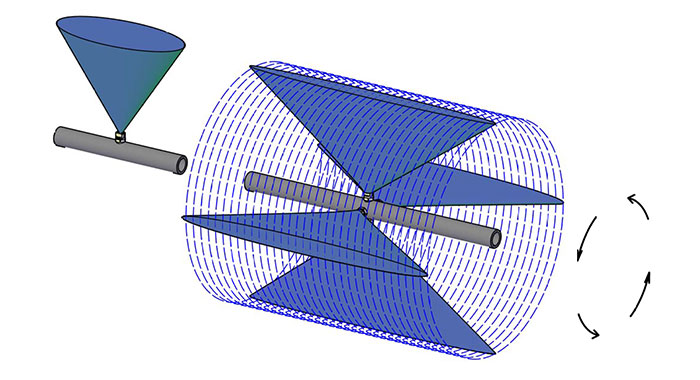
Self-Draining
Grease and other contaminants washed from the hood’s exhaust plenum and extractors drain into a stainless-steel pitched trough. The pitched trough channels all of the water, detergent, grease and contaminants to a 1 1/2’’ NPT drain fitting at the end of the hood.
Autonomous Hood Control
Extractor Positioning Switches
Streivor’s Self-Cleaning Rotating Water WashHoods include Extractor Positioning Switches for each Grease Extractor. The Extractor Positioning Switches ensure that all of the Grease Extractors are in the correct position in the hood exhaust plenum before and during a wash/purge cycle. This prevents water from spraying outside of the hood exhaust plenum and onto the floor or cooking appliances if the extractors are not in position for any reason. The Extractor positioning switches can be accessed from below the hood for service or replacement.
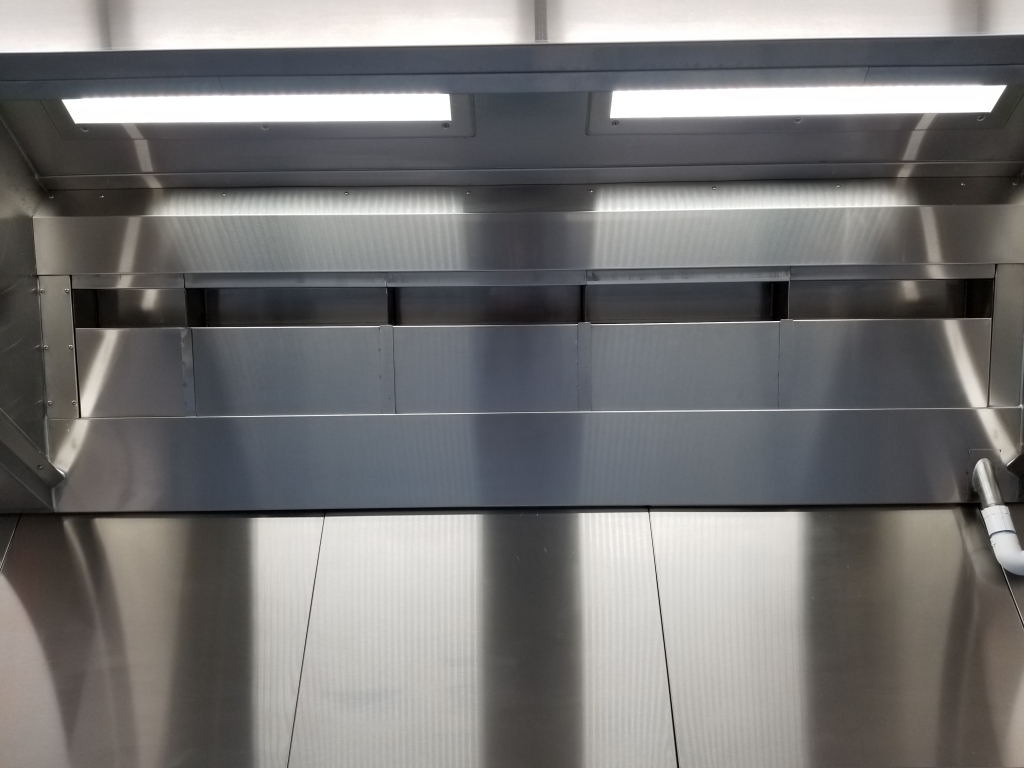
Programmable Manifold Motor
Self-Cleaning Rotating Water Wash Hoods include a Motor that rotates the nozzle manifold. The Motor Speed can be programmed to rotate faster or slower to meet the individual cleaning demands of each hood.
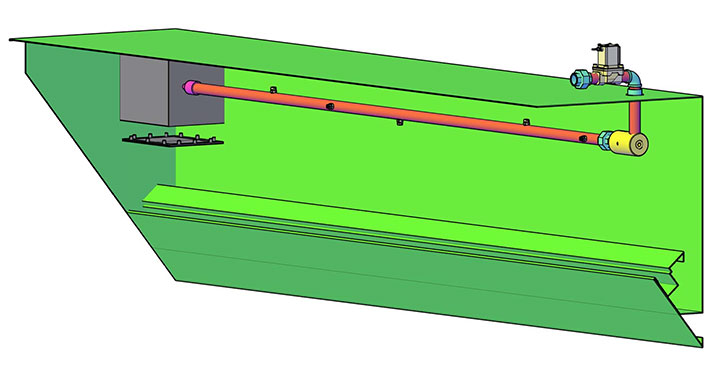
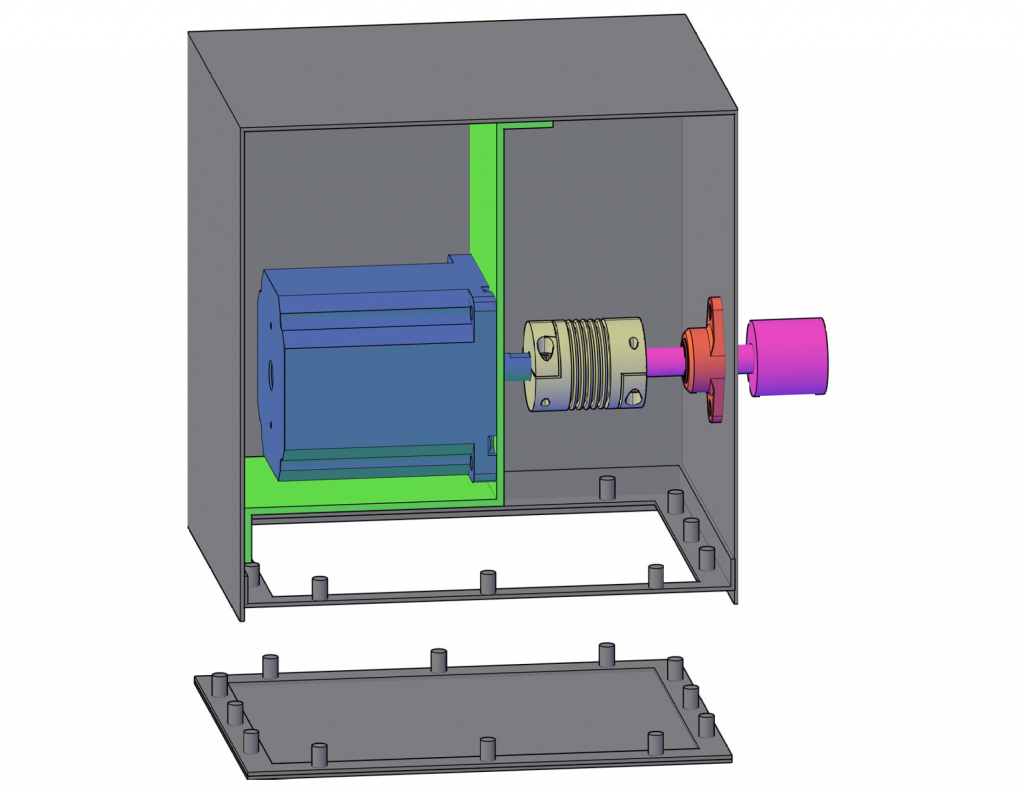
Listed Manifold Motor Enclosure
The Hood Manifold Motor is enclosed in a Listed stainless-steel enclosure, that protects the motor from heat, water and grease. The Listed enclosure also allows access to the motor for inspection, service or replacement from under the hood.
Programmable Detergent Pump
Self-Cleaning Hoods include a programmable Detergent Pump. The Detergent Pump can be programmed to adjust the amount of detergent used during the Hood’s Wash Cycle. Thus, the operator can program the pump to supply the most optimum amount of detergent for cleaning and cost purposes based on the specific demand for each hood.
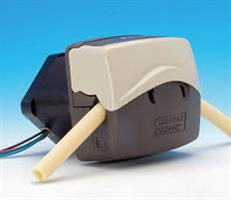
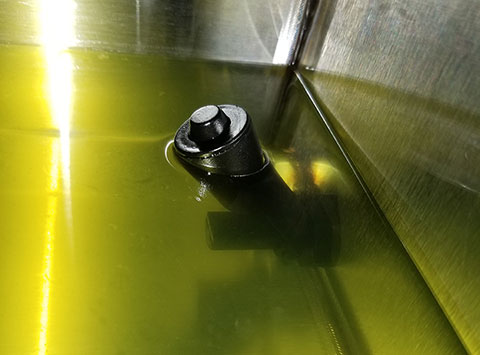
Low Detergent Float Switch
A float switch in the detergent tank will automatically alarm on the HMI touch screen when the detergent level is low.
Fogging Systems
High Temperature Exhaust Plumes
Ventilating commercial kitchens that employ heavy-duty and extra heavy-duty cooking appliances creates several building, fire and safety challenges.
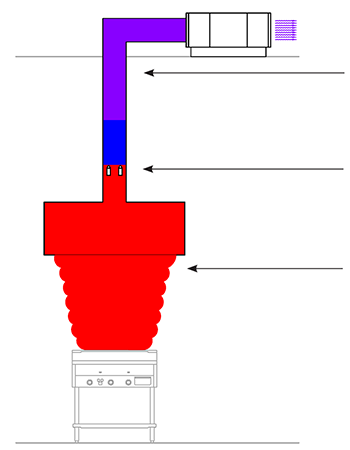
Fogging Reduces Exhaust Plume Temperatures
As the high temperature plume passes through the hood exhaust collar, the misting nozzles spray a water fog into the plume that reduces the plume temperature.
Pressurized Misting Nozzles
Streivor’s Fogging Systems employ pressurized water through misting nozzles that are installed in the exhaust collar(s) of the hood.
High Temperature Plume
High temperature plumes and/or the sparks and creosol that are generated when using solid fuel cooking appliances create havoc on the ventilation fans and secondary pollution control devices, often melting and/or deteriorating the components of the rooftop equipment. High temperatures can lead to failure of gaskets, filters, motors or even worse result in fires in the ducts and/or rooftop equipment.
Plumbing Control Station (PCS)
Includes All Plumbing Components
The Self-Cleaning Rotating Water Wash Hood Plumbing Control Station includes all of the plumbing components required to receive the building’s hot water supply, to regulate pressure and volume, to store and inject detergent, and to deliver fluids on demand to up to six Hoods’ Rotating Manifold Nozzles.
Hood or Wall Mounted
The Plumbing Control Station is preferably installed in a Hood Utility Cabinet on the side of the hood but can also be remotely located on a wall.
Stainless Steel Cabinet
The Plumbing Control Station is housed in a stainless-steel cabinet.
Collection Trough and Drain
The Plumbing Control Station cabinet includes a collection trough to collect any possible water spillage from the backflow preventer. The collection trough is pitched to a drain and is to be connected to the building waste water system.
